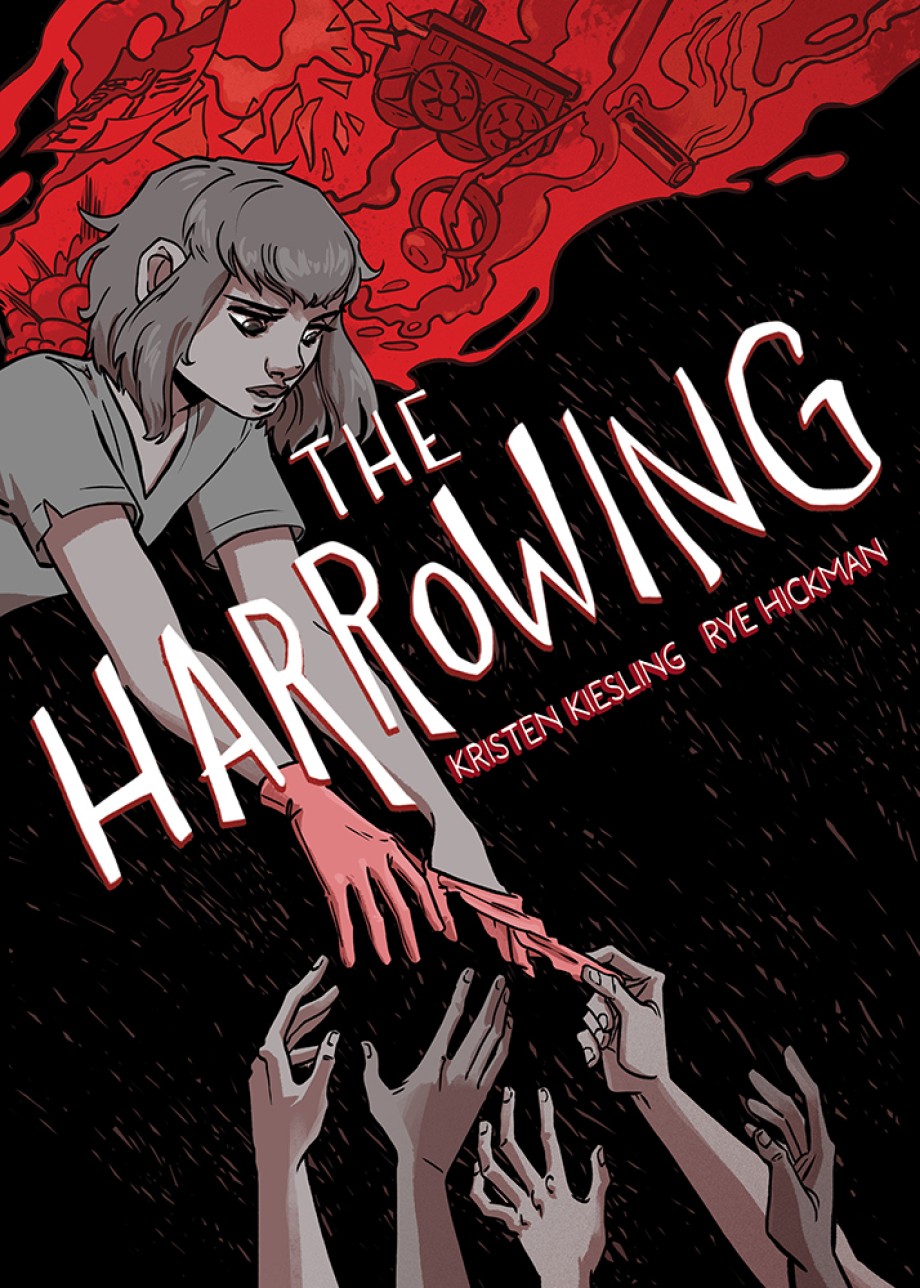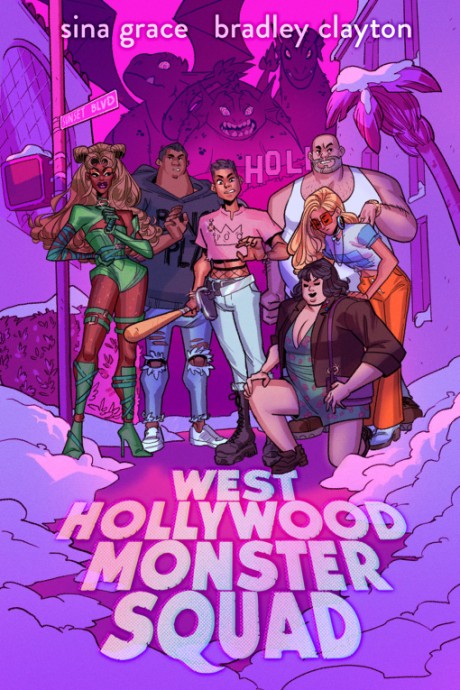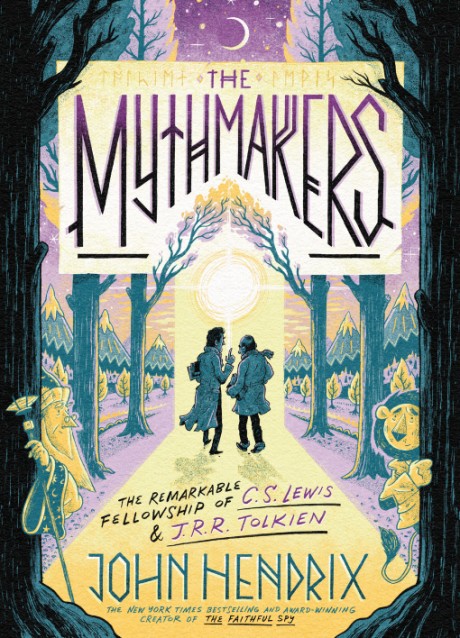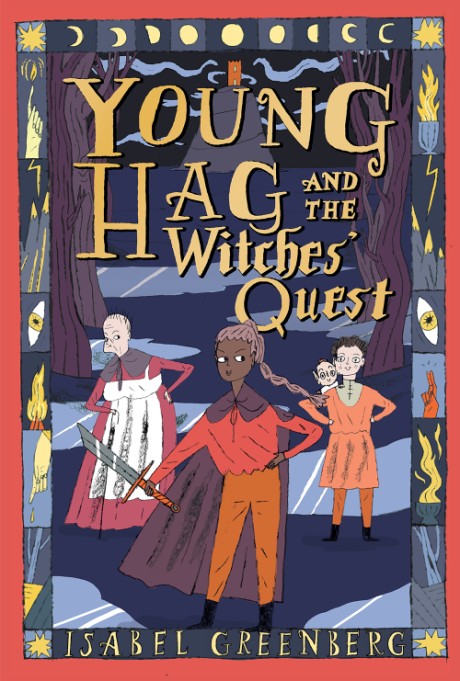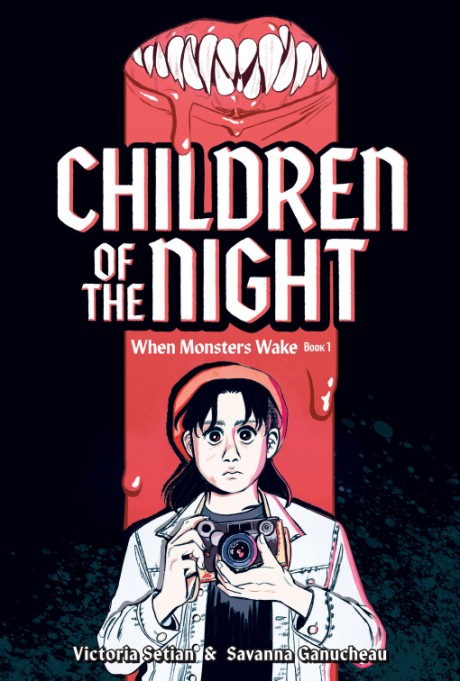In award-winning author Kristen Kiesling and illustrator Rye Hickman’s YA graphic novel The Harrowing, a psychic teen hunts potential killers until she discovers the boy she loves is her next target.
Rowan Sterling should be worrying about normal teenage things like attending college and whether her best friend Lucas is maybe more than a friend. . . . Instead, she’s having terrifying visions of blood and violence. As the premonitions increase in number and intensity, Rowan seeks her father’s help, but instead finds herself drugged, kidnapped, and sent to a mysterious facility called Rosewood. It isn’t long before Rowan discovers Rosewood isn’t a boarding school or an asylum: it’s a training center for teens with special abilities who are known as Harrows.
Harrows can view the actions of would-be murderers before they commit crimes, and the scientists at Rosewood believe it is their duty to use the Harrows’ powers to make the world a safer place. When they are apprehended by a Harrow, imminent criminals, known as imcrims, are captured and indefinitely detained in a state of sedation. At Rosewood, the Harrows are taught how to identify, track, and apprehend imcrims.
Rowan is immediately drawn to Rosewood’s mission; after all, she lost her mother to a random act of violence two years prior. However, some of the other Harrows question the treatment of imcrims—how can it be ethical to imprison people who haven’t actually done anything yet?
Empowered by the skills she’s acquired and ready to change the world, Rowan returns home, but when she reunites with Lucas, she has a vision of him shooting a man in cold blood. Now Rowan is questioning everything she learned at Rosewood—she refuses to believe Lucas is capable of murder—and sets out to protect him from the Harrows.
Praise
***STARRED REVIEW***
"This graphic novel thoughtfully explores themes of stereotypes, bioethics, and the moral dilemmas associated with “playing God,”...Hand this title to teen fans of Stranger Things and Wednesday. This stand-out graphic novel will have horror fans spellbound."
—School Library Journal
"Kiesling makes excellent use of smooth, engaging, and natural-feeling dialogue to provide...world-building, and the heavy, shadowy illustrations do much of the rest."
—Bulletin of the Center for Children's Books
"Rowan’s struggles with her identity as she searches for her voice and purpose will resonate with teens, especially those who like psychological horror."
—Booklist
"Slashes of color, mostly in hematic red, punctuate grayscale spreads and signal the blood-soaked climax of this visceral graphic novel, a jumping-off point for a critique of the prison industrial complex."
—Publishers Weekly
"An original, genre-blending graphic novel for patient readers."
—Kirkus



